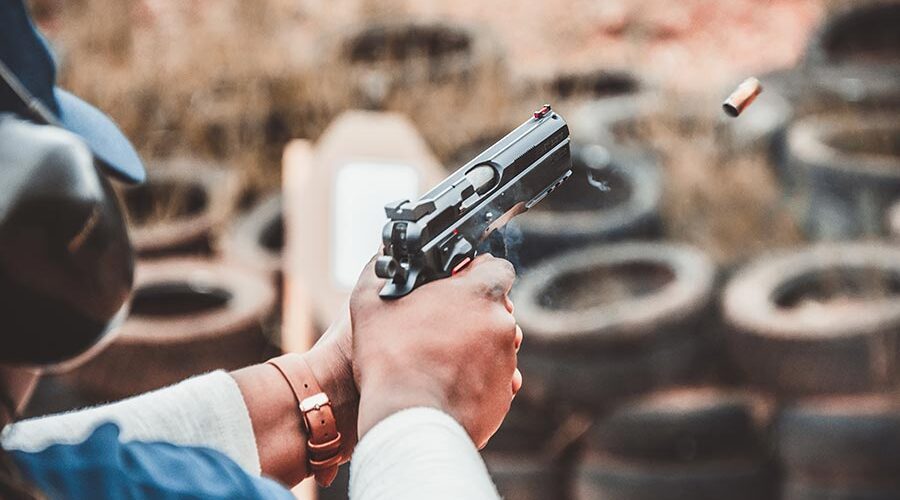Essential Accessories for Shooting Handguns: A Guide for Beginners
Shooting handguns can be an exciting and empowering experience, but it requires proper preparation and the right equipment to ensure safety, accuracy, and enjoyment. One essential aspect of shooting is having a quality firearm and training to use it effectively. At Just Holster It Firearms & Training Center, we provide everything you need to become a proficient and safe shooter, from firearms and accessories to training and education.
Here are some of the essential accessories that we recommend for shooting handguns:
- Eye and Ear Protection Protecting your eyes and ears is essential when shooting a handgun. Our range offers a variety of eye and ear protection options, including earplugs and earmuffs, safety glasses, and shooting goggles. Proper protection not only keeps you safe but also helps improve your focus and accuracy.
- Holsters A quality holster is critical for carrying and securing your handgun. At Just Holster It Firearms & Training Center, we offer a wide selection of holsters, including ankle holsters, shoulder holsters, waistband holsters, and more. Our experienced staff can help you find the right holster for your firearm and ensure that it fits correctly.
- Magazines and Magazine Carriers Having spare magazines and magazine carriers is crucial for extended shooting sessions. We offer a range of magazines and carriers for various handgun models, including Glock, Sig Sauer, Smith & Wesson, and more. Our selection ensures that you can reload quickly and efficiently, without having to interrupt your shooting experience.
- Targets Targets are an essential tool for improving accuracy and honing your shooting skills. At Just Holster It Firearms & Training Center, we have a variety of targets available, including paper targets, steel targets, and self-healing targets. Our targets are designed to help you practice your aim and provide instant feedback to help you improve your technique.
- Cleaning Kits Keeping your handgun clean and well-maintained is essential for ensuring its longevity and reliability. Our selection of cleaning kits includes everything you need to clean and maintain your handgun, including cleaning rods, patches, brushes, solvents, and lubricants. Our experienced staff can also provide guidance on proper cleaning techniques.
- Grips The grip of your handgun is crucial for accuracy, comfort, and recoil control. At Just Holster It Firearms & Training Center, we offer a variety of grips made from materials such as wood, rubber, and polymer. Our selection includes grips designed for specific handgun models as well as those that can fit multiple models. A comfortable and secure grip will reduce recoil, improve accuracy, and make shooting more enjoyable.
- Lights and Lasers Lights and lasers can be valuable accessories for shooting in low-light conditions. At Just Holster It Firearms & Training Center, we offer a variety of weapon-mounted lights and lasers that can help improve accuracy and situational awareness. Our staff can help you select the right accessory for your needs and ensure that it fits your handgun correctly. One Manufacturer of these products is Streamlight.
In conclusion, shooting handguns requires proper equipment and training, and Just Holster It Firearms & Training Center has everything you need to become a safe and proficient shooter. Our selection of firearms, accessories, and training programs ensures that you have everything you need to enjoy this exciting sport.




Recent Comments